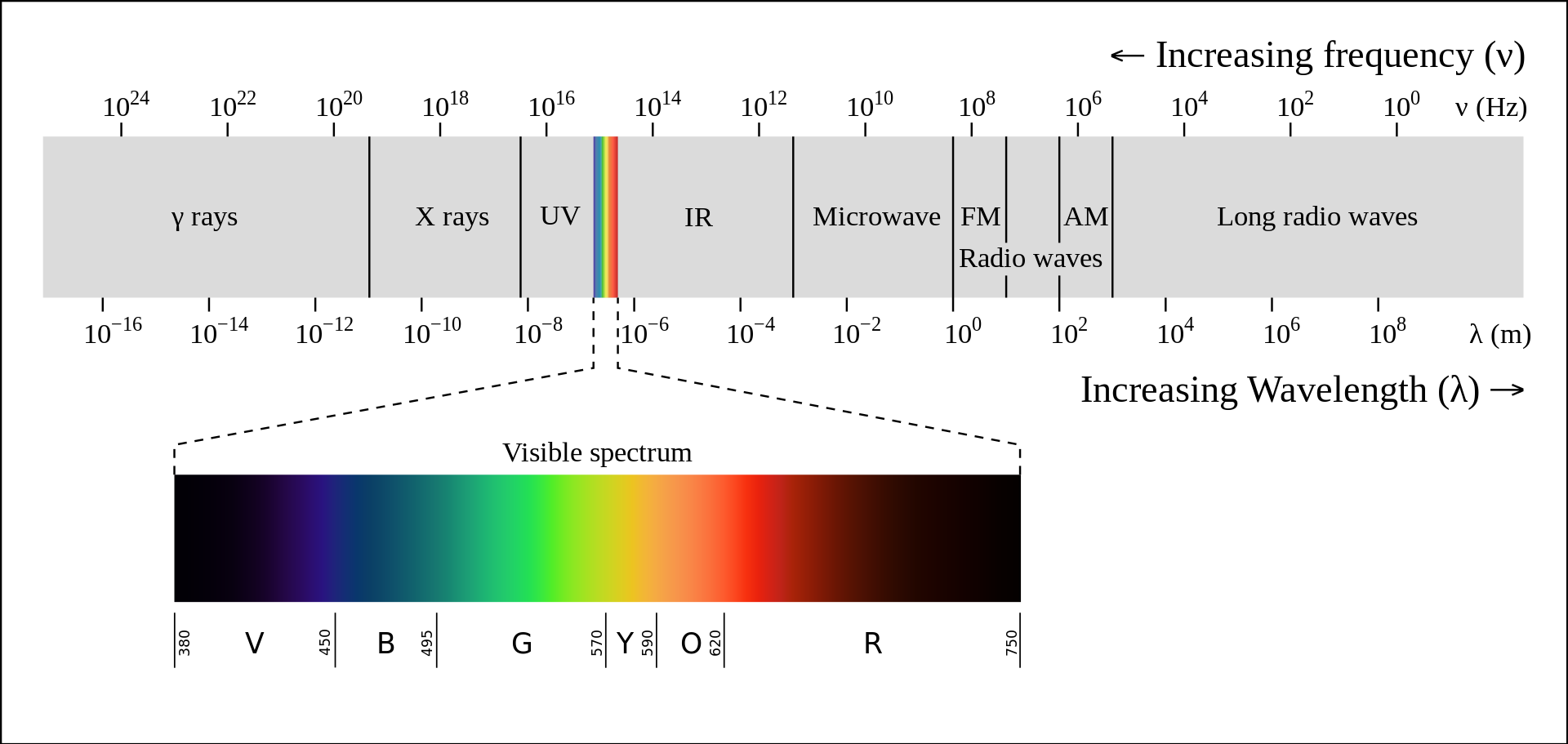Light, often described as the essence of vision and the foundation of our perception of the world, is a fundamental and captivating phenomenon. From the warm glow of sunlight to the dazzling display of colors in a rainbow, light surrounds us and shapes our understanding of the universe. In this comprehensive blog article, we will embark on a journey to explore the nature of light, its properties, behaviors, the electromagnetic spectrum, and the remarkable phenomena it manifests. Throughout this article, we will rely on credible sources to provide accurate scientific information.
Understanding Light
Light is a form of electromagnetic radiation that travels in waves and exhibits properties of both particles and waves, known as wave-particle duality. It consists of minuscule particles called photons, which are massless and carry energy.
Properties of Light
- Speed: Light is known for its incredible speed. In a vacuum, such as outer space, light travels at a constant speed of approximately 299,792 kilometers per second (186,282 miles per second).
- Wavelength and Frequency: Light waves have different wavelengths and frequencies, which determine their color and energy. The wavelength is the distance between successive crests or troughs of a wave, while the frequency refers to the number of wave cycles passing a given point per second.
- Electromagnetic Spectrum: The electromagnetic spectrum encompasses the entire range of electromagnetic radiation, including radio waves, microwaves, infrared, visible light, ultraviolet, X-rays, and gamma rays. Each segment of the spectrum has different wavelengths, frequencies, and properties.
.jpg/1024px-Prism_flat_rainbow_(cropped).jpg) |
| A triangular prism dispersing a beam of white light. The longer wavelengths (red) and the shorter wavelengths (green-blue) are separated. |
Behaviors and Phenomena of Light
- Reflection: Reflection occurs when light bounces off a surface, such as a mirror or water. It enables us to see objects by allowing light to be redirected towards our eyes.
- Refraction: Refraction is the bending of light as it passes through different mediums, such as air, water, or glass. This phenomenon causes light to change direction and is responsible for effects like the bending of a straw in a glass of water.
- Diffraction: Diffraction is the bending or spreading out of light waves as they encounter an obstacle or pass through a narrow opening. It explains phenomena like the spreading of light around corners or the interference patterns in a double-slit experiment.
- Interference: Interference occurs when two or more light waves interact with each other, resulting in constructive or destructive interference patterns. It plays a crucial role in phenomena like the colors observed in soap bubbles or oil slicks.
- Polarization: Polarization refers to the orientation of light waves in a particular direction. It plays a vital role in various technologies, including 3D glasses and sunglasses that reduce glare.
Applications of Light
- Optics: The study of light and its interaction with matter forms the basis of optics, which encompasses various fields such as microscopy, photography, telescopes, and lasers.
- Communications: Light-based technologies, such as fiber optics, enable high-speed data transmission over long distances, revolutionizing telecommunications and internet connectivity.
- Medicine and Biotechnology: Light is widely used in medical imaging techniques, such as X-rays, MRI, and fluorescence microscopy, allowing for non-invasive diagnostics and research in the field of biotechnology.
- Energy: Light is an essential source of energy. Solar energy, harnessed through photovoltaic cells, provides a renewable and sustainable option for electricity generation.
 |
| The electromagnetic spectrum, with the visible portion highlighted |
Quantum Mechanics and Light
Quantum mechanics, the branch of physics that describes the behavior of particles at the microscopic level, provides insights into the wave-particle duality of light. The understanding of photons as quanta of light has revolutionized our comprehension of the fundamental nature of light and its interaction with matter.
Light, a captivating and multifaceted phenomenon, permeates our world and allows us to experience the beauty and wonders of our surroundings. Understanding the nature, properties, behaviors, and applications of light enhances our knowledge of the universe and paves the way for technological advancements in various fields. From the mysteries of wave-particle duality to the practical applications in everyday life, light remains a fascinating subject that continues to captivate scientists and inspire new discoveries.
References
- National Aeronautics and Space Administration (NASA) - www.nasa.gov
- The Physics Classroom - www.physicsclassroom.com
- University of Colorado Boulder, Department of Physics - www.colorado.edu/physics
- Encyclopedia Britannica - www.britannica.com
- Khan Academy - www.khanacademy.org
More From Author
science